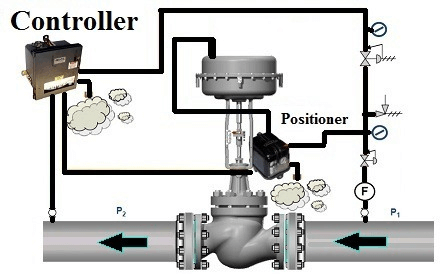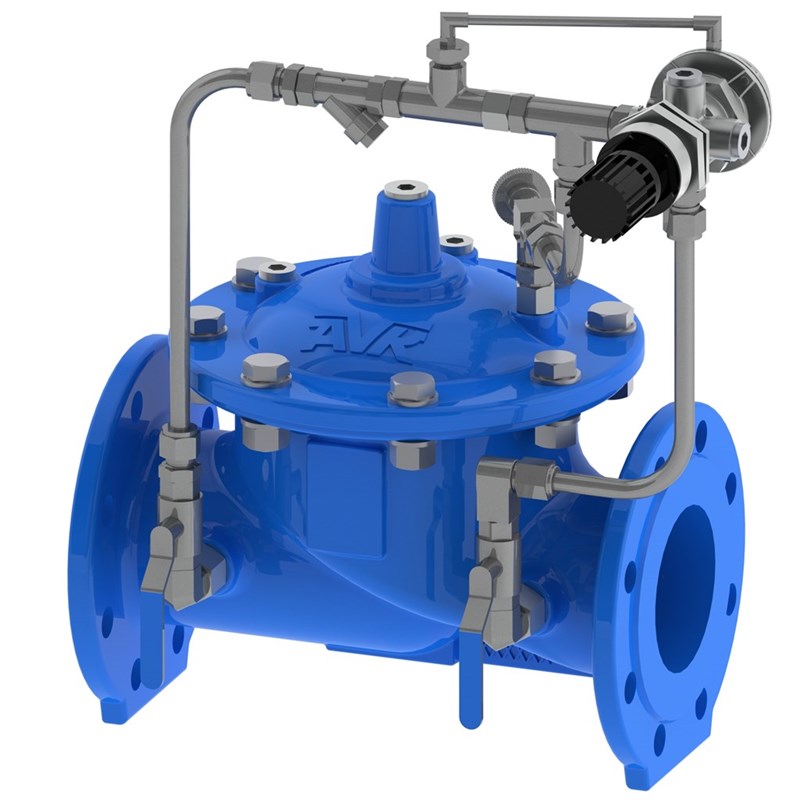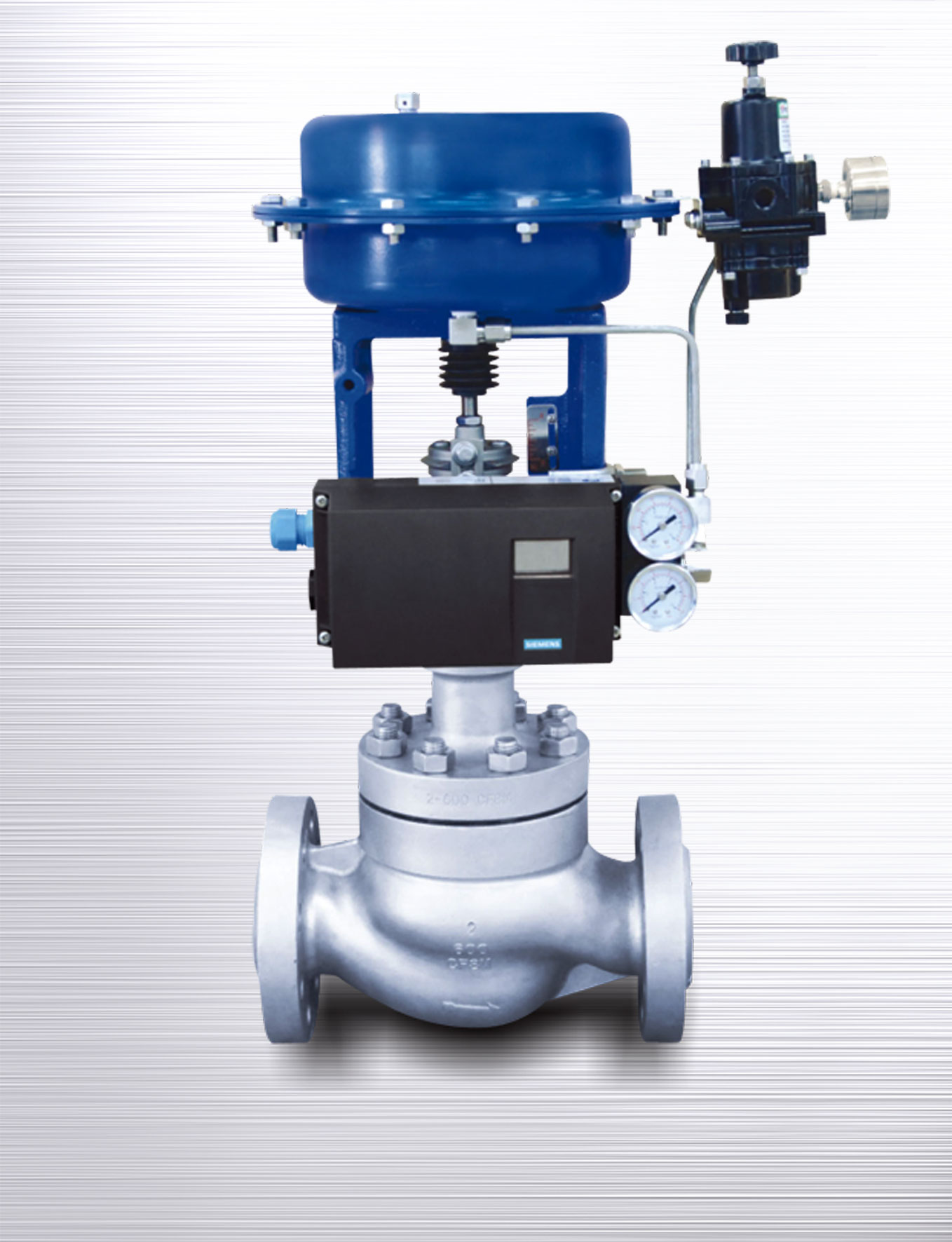Enhancing Operational Performance with Advanced Control Valves
Enhancing Operational Performance with Advanced Control Valves
Blog Article
Achieve Seamless Integration and Control With High Quality Building Automation Controls
In the world of modern building administration, the relevance of quality building automation controls can not be overstated. Accepting quality building automation controls is not merely a matter of comfort however a critical vital for organizations aiming to enhance their centers' efficiency and sustainability.

Evolution of Structure Automation Controls
Throughout the past couple of years, the development of developing automation controls has dramatically changed the way structures are taken care of and operated. Constructing automation systems mostly focused on standard functions such as regulating air flow, air, and heating conditioning (A/C) systems. Nevertheless, as technology progressed, these controls have actually ended up being more sophisticated, enabling a broader variety of structure systems to be integrated and managed centrally.
The evolution of constructing automation controls has actually seen a change in the direction of more intelligent systems that can adjust to altering problems in real-time. This adaptability is vital for enhancing energy efficiency and ensuring resident convenience. Additionally, contemporary building automation controls currently offer attributes such as predictive maintenance, remote surveillance, and data analytics, enabling facility managers to make data-driven decisions to enhance structure efficiency.

Advantages of Quality Assimilation
The innovation in structure automation regulates in the direction of more intelligent systems has actually underscored the significant advantages of quality integration in optimizing building operations and boosting total efficiency. Quality integration of developing automation controls offers a number of vital advantages. To start with, it brings about enhanced energy performance by allowing various systems to interact effortlessly, ensuring optimum performance and minimizing energy wastefulness. Quality assimilation boosts owner comfort and performance by allowing individualized control over environmental setups like air, illumination, and temperature level high quality. This personalization can lead to an extra conducive and comfy working or living setting. Additionally, high quality integration simplifies maintenance and fixing processes, as all systems are interconnected and can be checked and managed from a centralized interface. This central control likewise offers much better visibility and insights right into structure efficiency, enabling positive maintenance and optimization approaches. Generally, the benefits of quality combination in structure automation controls are obvious, offering enhanced efficiency, convenience, and operational efficiency.
Enhanced User Experience and Accessibility
Enhancing customer interaction with structure automation regulates through intuitive design and boosted accessibility boosts the general experience for passengers and facility supervisors alike. By concentrating on user experience, building automation systems can come to be more straightforward and efficient. Intuitive user interfaces, clear navigating, and customizable setups empower customers to interact with the controls quickly and properly.
Ease of access features play a crucial role in making certain that all individuals, including those with specials needs, can make use of the building automation manages easily. Incorporating attributes such as voice commands, responsive buttons, and color-contrasted displays can enhance ease of access and make the controls more inclusive.
Furthermore, boosted her latest blog individual experience brings about higher customer complete satisfaction, raised productivity, and far better decision-making. Residents can readjust ecological setups according to their choices, while center supervisors can efficiently keep an eye on and handle building systems - control valves. Generally, focusing on user experience and accessibility in structure automation controls adds to a much more smooth and productive building setting for all stakeholders entailed
Sustainable Practices With Automation

Moreover, automation can help with the combination of renewable resource resources such as solar panels or wind generators right into structure operations. By immediately navigate to this site changing power usage based on the schedule of renewable resource, buildings can even more decrease their dependence on non-renewable sources. This smooth integration of lasting methods not only profits the environment yet likewise boosts the general operational performance and cost-effectiveness of the building. Via automation, structures can line up with modern-day sustainability objectives and contribute to a greener future.
Future Trends in Building Control Equipment
One prominent fad shaping the future of building control systems is the increased assimilation of Artificial Intelligence (AI) and maker understanding. Additionally, the Web of Things (IoT) is reinventing structure control systems by linking sensing units and devices to enhance operations and enhance effectiveness.
An additional crucial trend is the emphasis on cybersecurity measures to protect versus potential hazards to developing automation systems. As structures become more interconnected, making certain robust cybersecurity procedures will certainly be important to safeguard delicate data and avoid unauthorized access.
Furthermore, the change towards cloud-based systems is getting momentum, enabling streamlined control and remote accessibility to structure systems. This assists in simpler tracking, upkeep, and updates, boosting the total efficiency and versatility of building control systems. As modern technology proceeds to development, these fads are anticipated to form the future landscape of building automation controls, driving innovation and sustainability in the developed atmosphere.
Conclusion
To conclude, developing automation controls have developed significantly, offering numerous benefits such as boosted user experience, ease link of access, and lasting techniques. Quality assimilation plays an essential role in achieving smooth control and reliable operation of building systems. Future fads in building control systems are most likely to focus on additional improving automation abilities for enhanced energy efficiency and overall performance. It is vital for structure proprietors and operators to focus on the fostering of quality building automation manages to maximize building operations and attain lasting sustainability goals.
In the world of modern building monitoring, the relevance of top quality structure automation controls can not be overemphasized. In general, the advancement of building automation manages continues to drive development in the building administration sector, using new opportunities for creating smarter and much more lasting structures.
The innovation in building automation regulates in the direction of more intelligent systems has actually underscored the substantial advantages of high quality assimilation in enhancing building operations and enhancing general effectiveness. In general, prioritizing user experience and availability in structure automation manages contributes to a much more seamless and effective structure setting for all stakeholders entailed.
It is vital for building owners and drivers to focus on the fostering of top quality structure automation regulates to optimize building operations and accomplish long-lasting sustainability goals. - control valves
Report this page